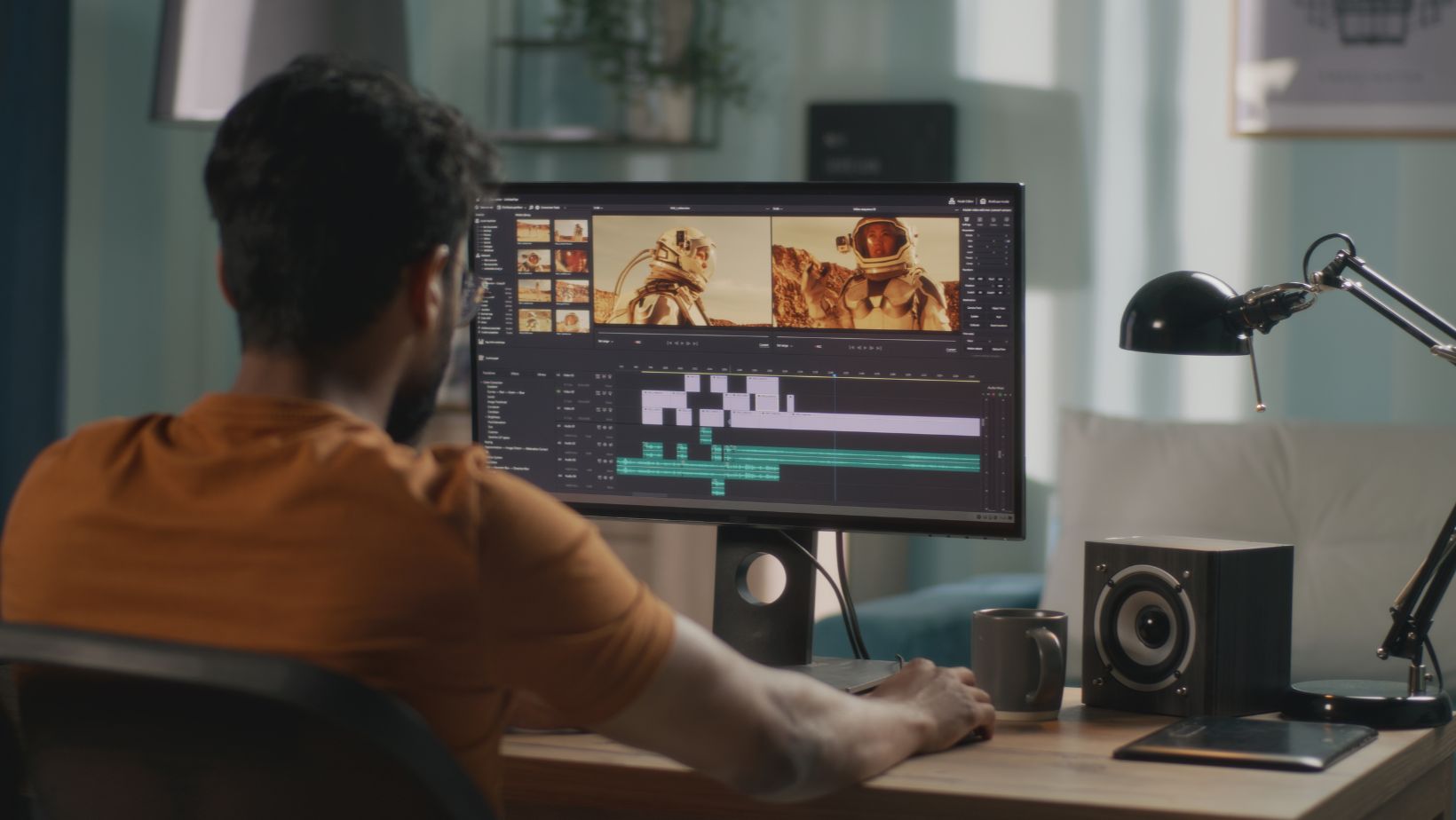Picture Editing for Beginners: A Guide to Get Started

In the age of social media and digital content, being able to edit photos effectively has become a valuable and lucrative skill. Whether you’re looking to enhance personal photos, create professional-looking images for your business, or simply express your creativity, learning the basics of picture editing can open up a world of possibilities.
If you’re a beginner who is eager to know more about the world of picture editing but unsure where to start, this guide is here to help you get on the right track. Keep reading to find useful insights about getting started with picture editing.
Choosing Your Editing Software
Selecting the right software is crucial for your editing journey. You have several options to consider. Adobe Photoshop is renowned for its powerful features and versatility, though it does come with a learning curve. Adobe Lightroom is ideal for both beginners and professionals, offering robust photo enhancement and organizational capabilities.
If you don’t have Adobe Photoshop software on your laptop, you can now use Photoshop online on any browser of your choice. Photoshop online has the same set of functionalities you can avail to edit your photos and strengthen your basics of picture editing and graphic designing.
Learning the Basics
Start by familiarizing yourself with the fundamental tools and functionalities of your chosen software. Understanding how layers work is the most important aspect of photo editing. It allows for non-destructive editing and provides more control over your edits.
Mastering selection tools also enables you to isolate parts of your image for targeted edits. Learn to adjust basics like brightness, contrast, and color balance to enhance your photos. Utilizing cropping and resizing tools can also improve composition and prepare your photos for different uses.
Understanding File Formats
Different file formats serve different purposes. Photos and images come in many forms. For example, JPEG is standard for web use, providing good compression while maintaining quality. On the other hand, PNG is ideal for images with transparency, commonly used for graphics and logos.
There is another format named RAW files, which contains more data and is preferred for professional editing due to their flexibility and detail retention.
Setting Up Your Workspace
Optimize your editing environment for efficiency. Arrange your workspace layout to have tools and panels easily accessible. Many software programs allow the customization of shortcuts and menus to fit your workflow.
Ensure your monitor displays accurate colors by calibrating it; this helps in making informed editing decisions.
Practice and Experiment
The best way to improve your editing skills is through practice. Edit regularly to experiment with different techniques and tools to understand their effects. Explore online tutorials or courses to learn new tricks and techniques.
Once you are on track to learning basic photo editing, you can get feedback from peers or online communities to receive constructive criticism and improve your skills.
Starting with these foundational steps will set you on the path to becoming proficient in picture editing. Remember, the more you practice and explore, the more confident you’ll become in utilizing the potential of digital editing tools.
-
Personal Finance4 months ago
How Do I Find My UCAS ID Number?
-
Success5 years ago
Consistency: The Key Ingredient to Success
-
Uncategorized4 months ago
What Does Conditionally Approved Mean For An Apartment?
-
Motivation2 years ago
How To Become a More Organized Person?
-
Entrepreneurs3 years ago
Why Diversity is Key in Business Marketing
-
HK Pools4 months ago
The HK Pools Forum Comunity Jos Markotop 2D Warna Kuning – A Great Way to Stay Connected
-
Sport1 year ago
What Makes Soccer Betting So Great?
-
Finance2 years ago
What is the job title for housekeeping? |
























